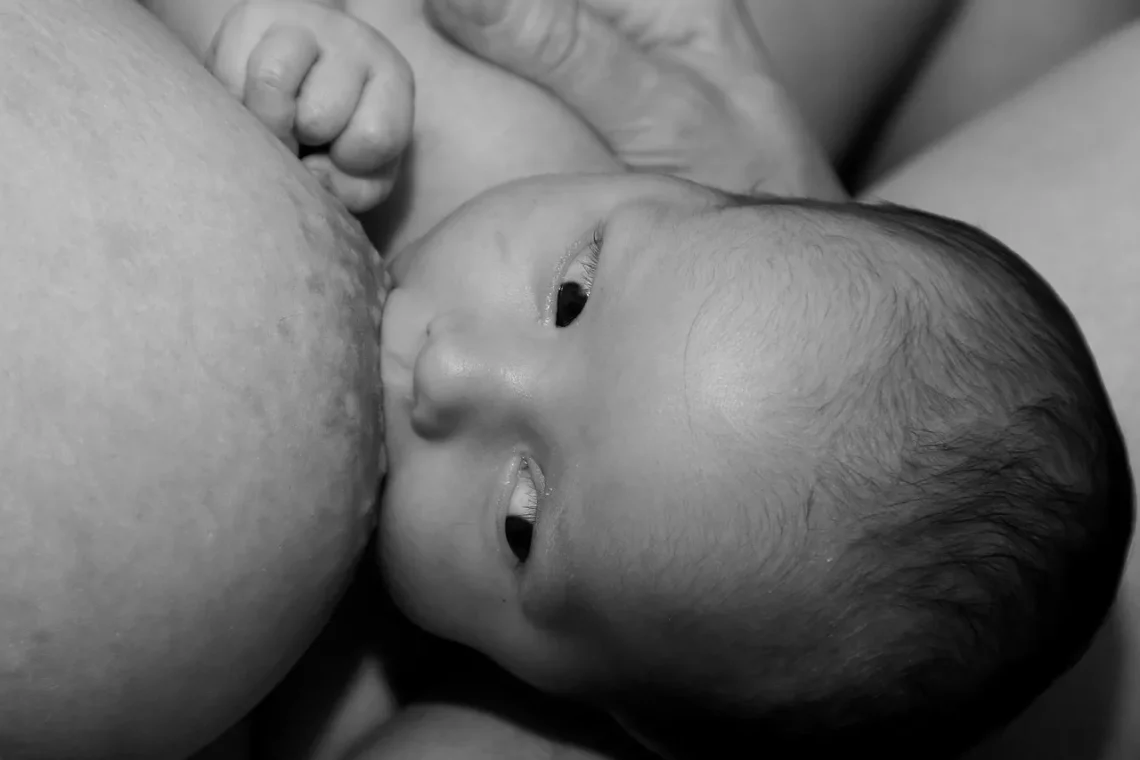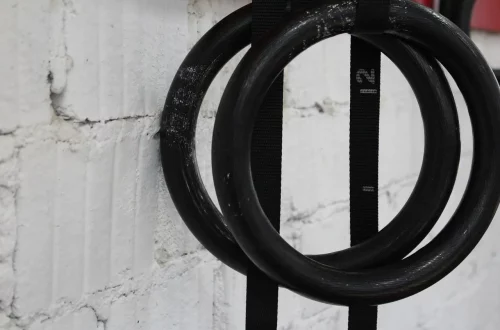
Understanding the Clicking Noise While Breastfeeding and What It Means
Breastfeeding is a unique and intimate experience that can vary greatly from one mother and baby pair to another. It involves not just the physical act of feeding, but also a deep emotional connection that fosters bonding and nurturing. For many new mothers, the journey into breastfeeding comes with its own set of challenges and surprises. One common occurrence that can catch a mother off guard is the clicking noise that sometimes accompanies breastfeeding. This sound, while seemingly innocuous, can lead to a mix of confusion and concern for both mothers and caregivers.
Understanding the reasons behind this clicking noise is essential for ensuring a positive breastfeeding experience. It is important to recognize that, while the clicking may not be a cause for alarm, it can indicate underlying issues that may need attention. The sound can stem from various factors, including latch issues, positioning, or even the baby’s natural feeding patterns. By delving deeper into these aspects, we can demystify the clicking noise and help mothers feel more empowered and informed during their breastfeeding journey.
Common Causes of Clicking Noises During Breastfeeding
One of the most prevalent reasons for the clicking noise during breastfeeding is an improper latch. When a baby latches onto the breast, they should create a tight seal that allows for effective sucking. If the latch is shallow or not properly positioned, air can enter the mouth, leading to that distinct clicking sound. This improper latch can be caused by various factors, including the baby’s mouth size, positioning, and even the mother’s breast shape.
Mothers can often identify a poor latch when they notice that the baby is not sucking rhythmically or appears to be struggling. A proper latch usually involves the baby’s mouth covering not just the nipple but also a good portion of the areola. This allows the baby to create enough suction to draw milk efficiently. If a mother suspects that her baby is not latching correctly, it is advisable to try different breastfeeding positions or seek the guidance of a lactation consultant.
Another reason for the clicking noise can be related to the baby’s tongue and lip ties. A tongue tie occurs when the band of tissue connecting the tongue to the floor of the mouth is too tight, restricting movement. Similarly, a lip tie can restrict the upper lip’s mobility. Both conditions can lead to difficulties in achieving a proper latch, resulting in the clicking sound. If a mother notices that her baby is having trouble feeding, or if the clicking sound is persistent, it may be beneficial to consult with a healthcare professional to explore the possibility of ties.
In some cases, the clicking noise can also be attributed to the baby’s feeding technique. Babies go through various stages of learning how to breastfeed effectively, and some may develop unique sucking patterns. These patterns can sometimes lead to air entering the mouth, causing a clicking sound. As babies grow and become more adept at breastfeeding, this noise may diminish or disappear entirely.
Understanding Baby’s Feeding Patterns and Clicks
Feeding patterns play a significant role in the sounds a baby makes while breastfeeding. Newborns, in particular, may exhibit a range of noises, including clicking, grunting, and even smacking sounds. These noises can be part of their natural exploration as they learn to coordinate sucking, swallowing, and breathing.
As babies start to feed, they often latch and unlatch frequently, which may cause intermittent clicking sounds. This behavior is quite normal, especially in the early days when the baby is still figuring out how to breastfeed. It is essential for mothers to remain patient during this learning phase, as most babies eventually establish a more efficient feeding routine.
Another aspect to consider is the baby’s appetite and the flow of milk. If a mother has a fast let-down reflex, the baby may struggle to keep up with the flow, leading to a clicking sound as they try to adjust their sucking technique. Conversely, if the milk flow is slow, the baby might create a clicking noise as they attempt to stimulate a let-down. Understanding these dynamics can help mothers adapt their breastfeeding strategies to ensure a smoother experience for both them and their babies.
Monitoring a baby’s feeding sessions can also provide insights into their overall health and well-being. If a mother notices that the clicking is accompanied by signs of distress, such as fussiness or difficulty gaining weight, it may warrant further investigation. Keeping a feeding journal can be helpful in tracking feeding patterns, the frequency of clicking sounds, and any other concerns that may arise.
Tips for Addressing the Clicking Sound
If a mother is concerned about the clicking noise during breastfeeding, there are several strategies she can employ to address the issue. First and foremost, ensuring a proper latch is crucial. Mothers should pay attention to how their baby latches on and make adjustments as needed. Experimenting with different breastfeeding positions can help facilitate a better latch, allowing the baby to create a more effective seal.
Another helpful tip is to encourage the baby to open their mouth wide before latching. This can be achieved by gently tickling the baby’s lips with the nipple or using a breast-shaped object to stimulate their reflexes. A wide-open mouth helps ensure that a larger area of the areola is captured, improving the latch and reducing the likelihood of clicking sounds.
If tongue or lip ties are suspected, consulting with a healthcare professional can provide clarity and guidance. In some cases, simple exercises may help improve the baby’s range of motion, while in other instances, a more formal procedure might be necessary to address the tie.
Lastly, maintaining a calm and relaxed environment during breastfeeding can also contribute to a better feeding experience. Reducing distractions and ensuring comfort can help both the mother and baby focus on the feeding process, potentially minimizing any clicking sounds.
When to Seek Help
While the clicking noise during breastfeeding is often not a cause for concern, there are certain situations where it is advisable to seek assistance. If the clicking sound is persistent and accompanied by other troubling signs, such as poor weight gain, excessive fussiness, or difficulty feeding, it is important to consult a healthcare professional or a lactation consultant.
Additionally, if a mother is experiencing pain during breastfeeding, this is a clear indication that something may be amiss. Pain can be a sign of an improper latch, and addressing this issue promptly can help improve the overall breastfeeding experience.
It is also essential for mothers to trust their instincts. If something feels off or if they have concerns about their baby’s feeding habits, seeking help is always a proactive approach. Lactation consultants are trained to assess breastfeeding issues and can provide personalized strategies to tackle challenges, ensuring both mother and baby are comfortable and nourished.
In conclusion, understanding the clicking noise during breastfeeding is an important aspect of both the breastfeeding journey and the overall well-being of the mother and baby. By being aware of the potential causes and solutions, mothers can navigate their breastfeeding experience with greater confidence and ease.
**Disclaimer:** This article is for informational purposes only and does not constitute medical advice. For any health concerns or issues related to breastfeeding, please consult a healthcare professional.




